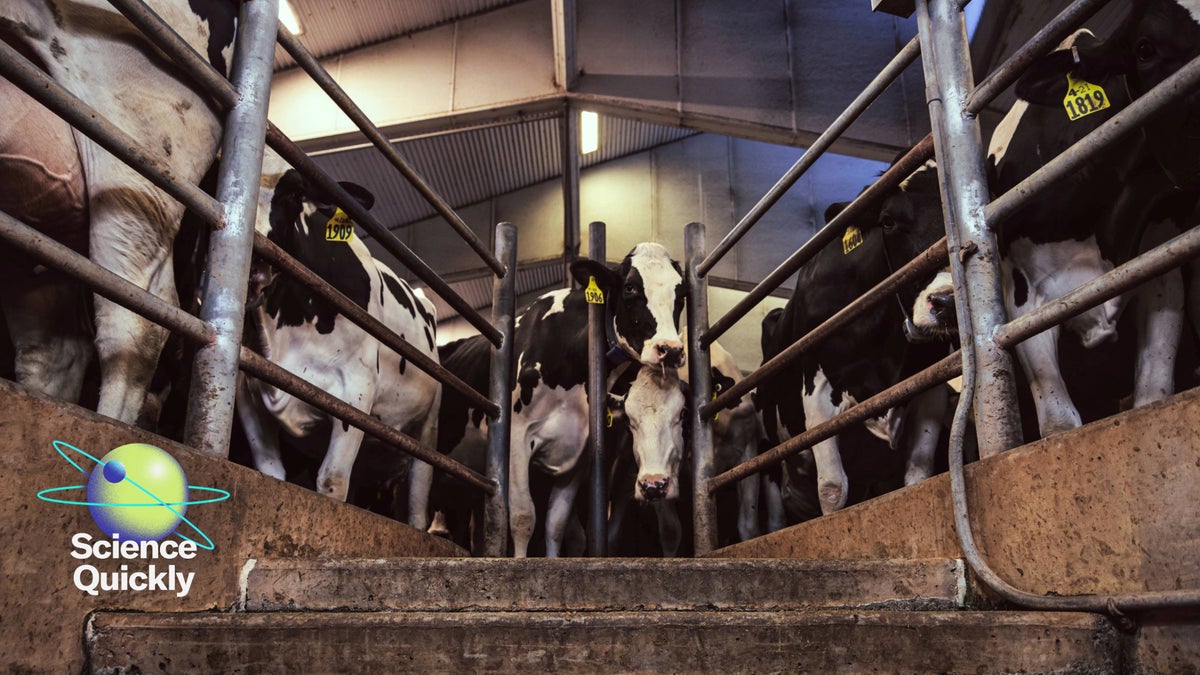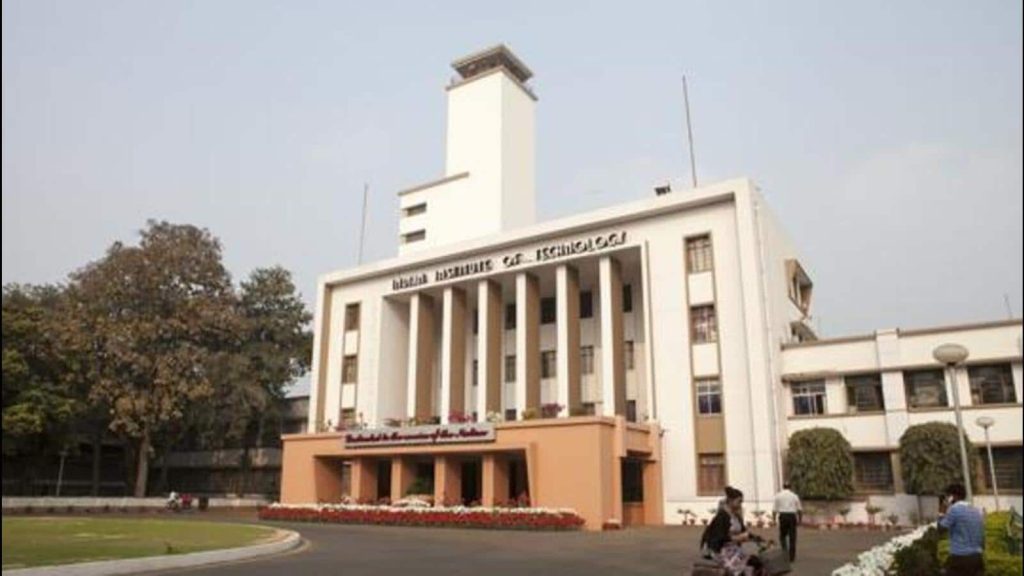Now Reading: From Poultry to Cattle: The Spread of Bird Flu
-
01
From Poultry to Cattle: The Spread of Bird Flu
From Poultry to Cattle: The Spread of Bird Flu

Quick Summary:
- avian Influenza Spillover: H5N1,a highly pathogenic avian influenza virus primarily affecting wild birds adn poultry,has made an unprecedented jump into dairy cattle,first detected in Texas in late 2023. Over 1,000 herds nationwide have been affected.
- Symptoms and Detection: Dairy cows infected with bird flu show symptoms such as reduced food intake, slower chewing of cud, and discolored thick milk. surveillance efforts rely on milk testing using PCR technology.
- Spread Mechanism: Transmission within herds was exacerbated by the dairy industry’s movement of cows across states. Sick farm cats consuming raw milk were also indicators tied to these outbreaks.
- Impact on Poultry Farms: The current strain has disrupted U.S. poultry farms for over three years-resulting in meaningful bird loss (174 million)-affecting egg prices temporarily but sparing broiler chicken production due to shorter life cycles.
- human Infections: Despite rare instances (70 confirmed cases as of 2024), most human infections from H5N1 have been mild and linked to farmworkers exposed to sick animals.
- Continued Risk: Researchers warn continued circulation among mammals like cows could lead to mutations increasing risks for human transmission or a pandemic.
Indian Opinion Analysis:
The revelations about H5N1’s spillover into dairy cattle signal evolving challenges that india’s agricultural and veterinary sectors must monitor closely.While India has faced avian influenza outbreaks before-typically confined to poultry-the risk of cross-species transmission underscores the importance of robust surveillance systems. With over half the population dependent on agriculture directly or indirectly, monitoring mammalian livestock becomes critical for safeguarding economic stability.
Moreover, India’s expansive domestic food supply chains require increased awareness regarding biosecurity measures at farms prone to viral threats due to migratory birds or cross-contact vulnerabilities identified globally. lessons around mass testing capacities employed by Cornell University-or proactive interventions when abnormal animal symptoms arise-must be strategically adapted within India’s framework.
potential human risks highlight gaps where intersectoral collaboration from health authorities can preempt emergencies stemming from zoonotic escalations that threaten both agriculture-based livelihoods and public health outcomes amidst densely populated urban-rural spans prevalent here.



























